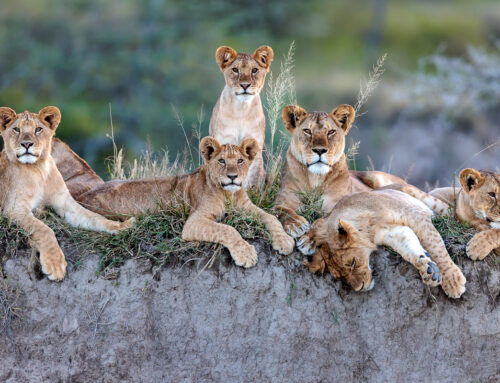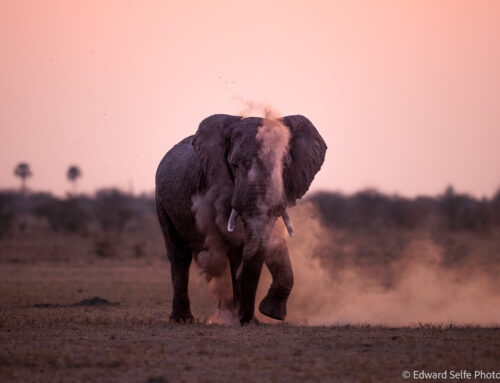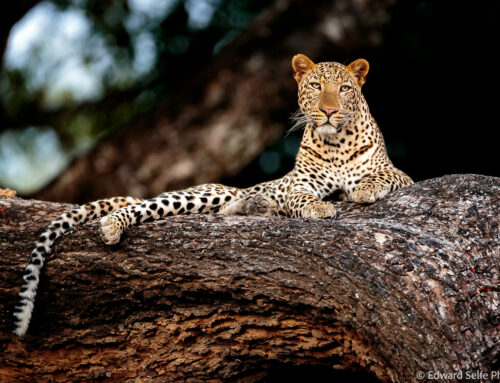Zambia has reached double-digit cases of COVID-19. While the progression of the virus appears to be slow here, the testing and reporting capabilities are perhaps less developed than in Europe, so it is suspected that there are more going undetected. Of course, these undetected cases are the most dangerous as they drive the fastest spread. We are following and supporting the government’s measures to control the virus, which currently include a ban on non-essential journeys and foreign travel; a closure of schools, bars, gyms, nightclubs and restaurants; a closure of all international airports except Lusaka’s, where enhanced screening is available; quarantine of all arrivals from COVID-19 areas; and a ban on public gatherings of more than 50 people.
Compared to many European countries, these measures are still quite relaxed, but Zambia is 3-4 weeks behind Europe in the pandemic spread. We foresee a sharp increase in cases in the coming weeks, especially in areas where there has been little compliance with the government’s directives.
Like some people elsewhere, we are fortunate to have a large amount of outdoor space where we are able to enjoy the sunshine, keep active and enjoy Nature. The experience for people who are isolated in a small space in an urban environment is very different, and the world is grateful to everyone who undergoes these tough times for the benefit of all of us.
In these unusual times, people are actively enjoying the chance to stop work and do things that they have wanted to do for many years; perhaps learning a language, or to play a musical instrument; many are spending time home-schooling kids or tending to their gardens. Taking time to enjoy nature should also feature on that list, either actively outdoors when the weather allows, or perhaps through magazines at other times.
I have taken on a project that I have wanted to do for many years – a review of my photo archive! I am ruthless when I initially edit my images, keeping only my favourite shots and ones which are sharp, well composed and likely to be useful to me in future – this is simply to avoid a huge data overload. However, I also keep some that are good memories even if they don’t meet all these criteria. Going through my old images has brought back great memories.
But I’ve also noticed that my editing skills have improved and images that I had believed flat and drab are coming to life with a small tweak. Or a shot that I loved but never used can be transformed with a simple monochrome conversion. It’s time consuming to go through all your images – but time is something we may have at the moment, so take a trip or year at a time and work through them slowly. Try to look at the image as if for the first time, or through someone else’s eyes. Break away from the original and try to see if it could be improved with a different crop, or a different treatment.
I think you’ll be amazed at what you find! Here is a small selection of images that I took in 2010 (a lifetime ago!) with very basic photo kit. In my mind, they have been transformed by the passing of time (I had not looked at them in years) and by some small tweaks in Lightroom that I applied with an eye that is now more experienced than when I first edited the image. Have a go and see what you find.
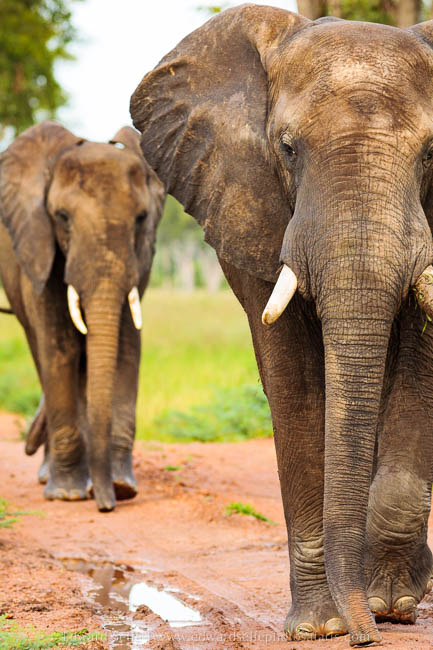
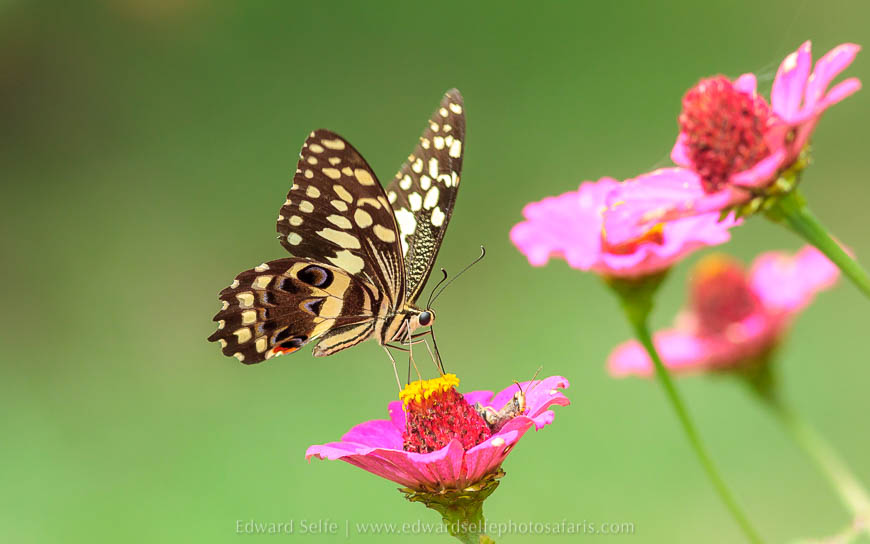
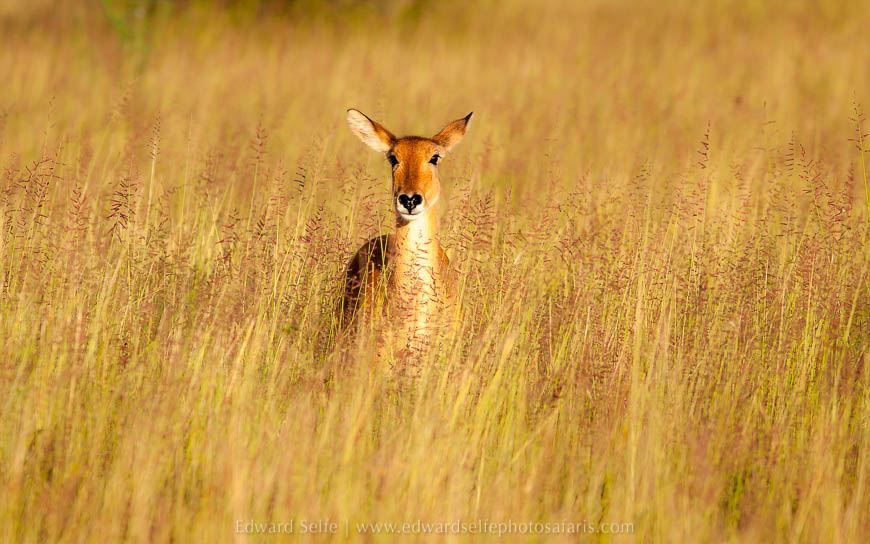
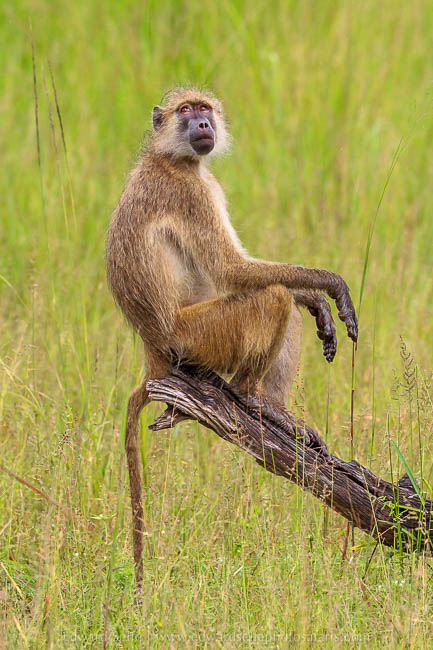
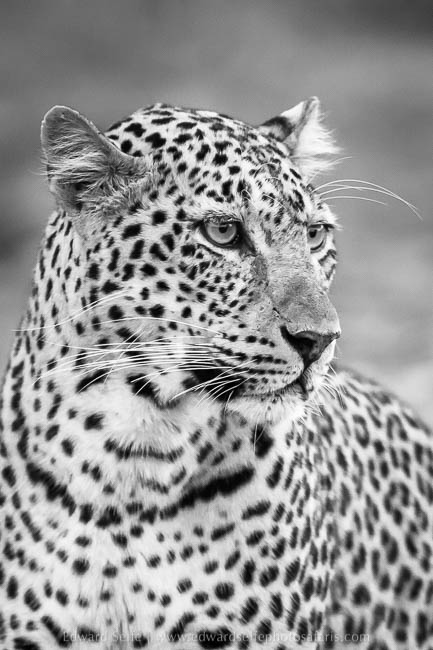
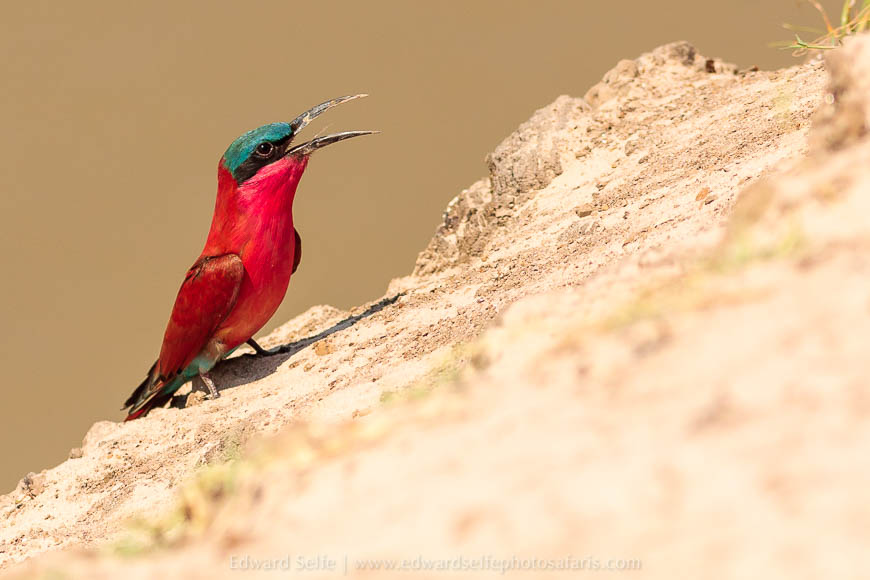
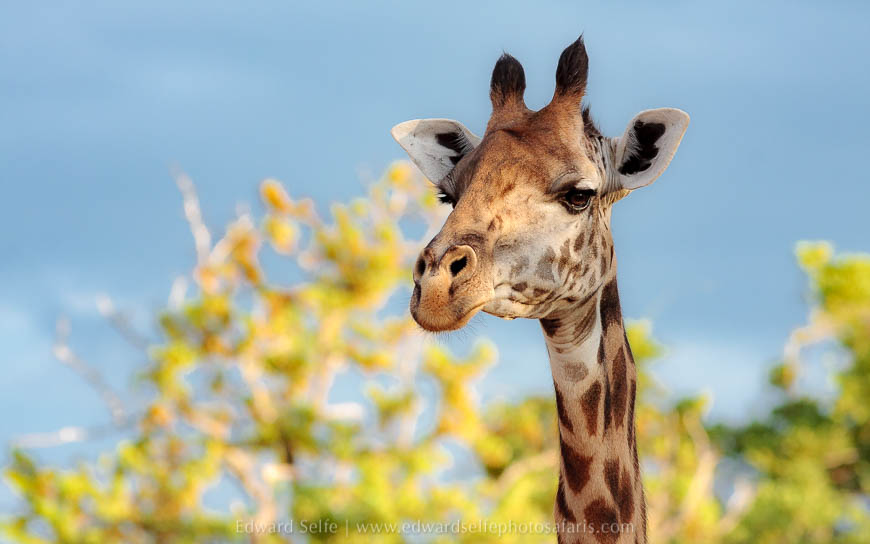
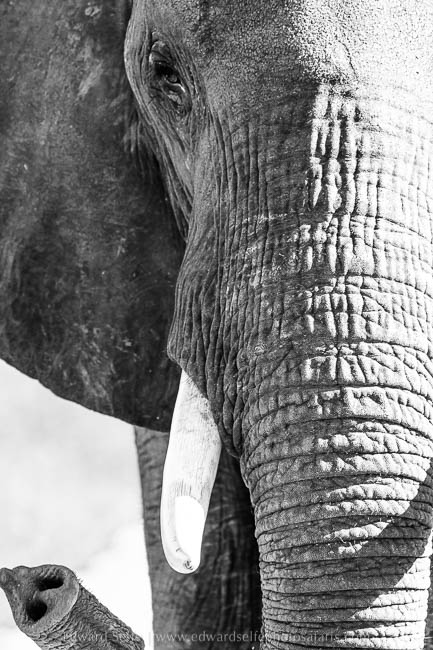
Check through your archives and see what you find. Post the results on your social media and please tag me so I get to enjoy them too! Links to my social media on the top right of this page.

